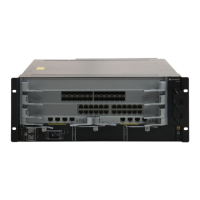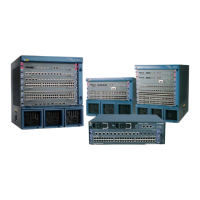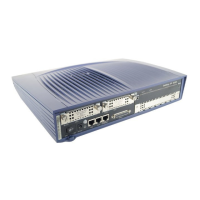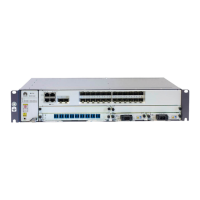By default, the time multiplier for detecting hello packets is 20.
----End
2.6.10 (Optional) Setting the Revertive Switching Delay
After the revertive switching delay is set, the local Eth-Trunk must wait until the delay timer
times out to become the master again after it recovers from a fault. This delays the revertive
switching of the service traffic, ensuring uninterrupted forwarding of the service traffic.
Context
If an E-Trunk works with other services, after the master device recovers from a fault, the status
of the member Eth-Trunk on the master device may be restored before other services are restored.
If traffic is immediately switched back to the master device, service traffic will be interrupted.
After the revertive switching delay is set, the local Eth-Trunk becomes Up only after the delay
timer times out. Then the local device becomes the master again. This delays the revertive
switching of the service traffic, thus ensuring uninterrupted forwarding of the service traffic.
Do as follows on the member devices of the E-Trunk.
Procedure
Step 1 Run:
system-view
The system view is displayed.
Step 2 Run:
e-trunk e-trunk-id
The E-Trunk view is displayed.
Step 3 Run:
timer revert delay delay-value
The revertive switching delay is set.
By default, the revertive switching delay of an E-Trunk is 120 seconds.
----End
2.6.11 Checking the Configuration
After configuring an E-Trunk, you can view information about the E-Trunk, including its
priority, system ID, local IP address, peer IP address, revertive switching delay, master/backup
status, and cause of status change.
Procedure
l Run the display e-trunk e-trunk-id command to view information about the E-Trunk.
----End
Quidway S7700 Smart Routing Switch
Configuration Guide - Ethernet 2 Link Aggregation Configuration
Issue 01 (2011-07-15) Huawei Proprietary and Confidential
Copyright © Huawei Technologies Co., Ltd.
44

